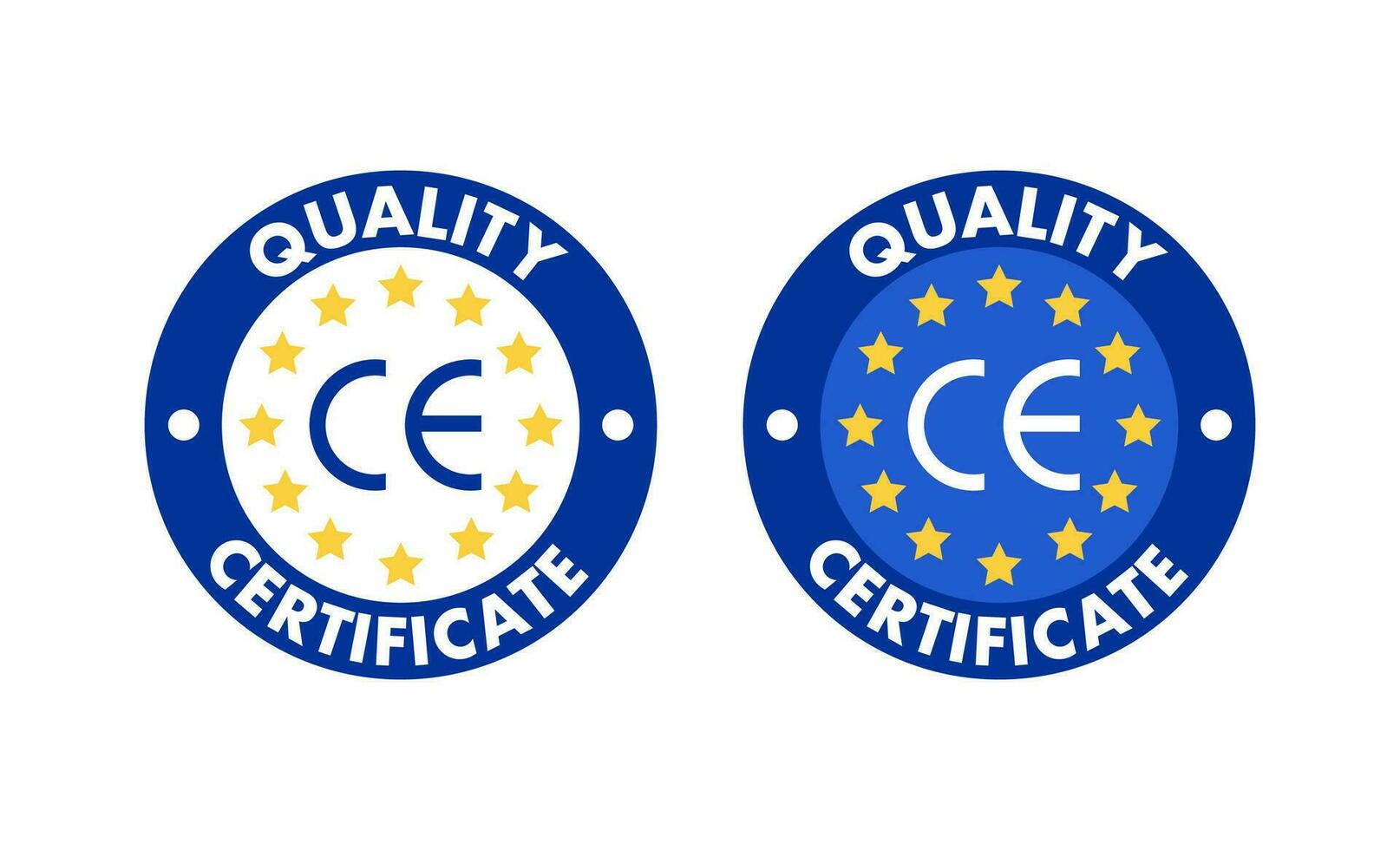What is the LM-79 Test?
The LM-79 Test is a standard set by the Illuminating Engineering Society (IES) to measure the performance of LED light sources and other types of solid-state lighting (SSL) products. This test is designed to evaluate the photometric and electrical characteristics of lighting products, such as their luminous flux, efficiency, and power consumption, ensuring that they meet the required performance standards. The LM-79 test is crucial for manufacturers to verify the quality and reliability of their lighting products before they are marketed or sold.
The test follows guidelines set forth by the American National Standards Institute (ANSI), and it is often used as a regulatory requirement for certifications in various regions.
- Key Parameters Tested in LM-79
Luminous Flux (Brightness):
The total amount of visible light emitted by a lighting product, typically measured in lumens.
Electrical Power (Wattage):
The power consumption of the light source, usually measured in watts, which helps determine energy efficiency.
Luminous Efficacy (Lumens per Watt):
The ratio of luminous flux to electrical power consumed, indicating how efficient a light source is at converting electrical energy into visible light.
Color Temperature (CCT):
The color appearance of the light emitted, measured in Kelvin (K), indicating whether the light is warm, neutral, or cool.
Color Rendering Index (CRI):
A measure of how accurately a light source reveals the colors of objects in comparison to natural light.
Input Voltage and Current:
The voltage and current requirements of the lighting product, which are important for assessing compatibility with electrical systems.
Total Harmonic Distortion (THD):
A measure of the distortion in the electrical current, which can affect the lifespan and performance of the light source.
- Uses of LM-79 Test
Certification and Compliance:
The LM-79 test is used to ensure that lighting products meet industry standards for energy efficiency, safety, and performance. Passing the LM-79 test is often a prerequisite for certifications such as Energy Star, UL Listing, and other regional standards.
Quality Control:
Manufacturers use the LM-79 test to verify that their lighting products meet their own internal performance specifications and quality standards before they are launched into the market.
Product Development:
During the development phase, the LM-79 test helps engineers and designers assess the efficiency, longevity, and performance of prototypes, ensuring that they meet the desired specifications before mass production.
Energy Efficiency Programs:
The LM-79 test supports energy efficiency programs by providing data to assess the performance of lighting products and determine their eligibility for energy rebates or incentives.
Market Differentiation:
Passing the LM-79 test provides manufacturers with a clear, measurable benchmark of performance that can be used for marketing purposes, highlighting the quality and energy efficiency of their products.
- Benefits of LM-79 Test
✅ Assurance of Product Quality:
The LM-79 test ensures that lighting products perform as advertised in terms of brightness, efficiency, and color quality, providing consumers with reliable products.
✅ Energy Efficiency:
The test helps assess the energy consumption and luminous efficacy of lighting products, enabling manufacturers to improve the energy efficiency of their products and contribute to environmental sustainability.
✅ Market Acceptance and Certification:
Passing the LM-79 test is a key step for obtaining various certifications and approvals, making products eligible for widespread distribution and sales in regulated markets.
✅ Consumer Confidence:
Lighting products that pass the LM-79 test are considered high-quality, which boosts consumer trust and encourages purchases.
✅ Regulatory Compliance:
Many countries and regions require lighting products to meet the LM-79 standards for compliance with energy and environmental regulations, ensuring that products are safe for use and aligned with legal requirements.
✅ Competitive Advantage:
Manufacturers who test their products with LM-79 can use the results to distinguish their products from competitors, highlighting the superior performance and energy efficiency of their products.
- Conclusion
The LM-79 Test is a critical standard for assessing the performance of LED and solid-state lighting products, ensuring that they meet high standards of energy efficiency, quality, and safety. Whether you’re a manufacturer, a regulatory body, or a consumer, the LM-79 test provides valuable insights into the effectiveness and reliability of lighting products, helping ensure that they perform optimally and meet industry expectations. For businesses, passing the LM-79 test can enhance product credibility, support regulatory compliance, and create a competitive advantage in the marketplace.


